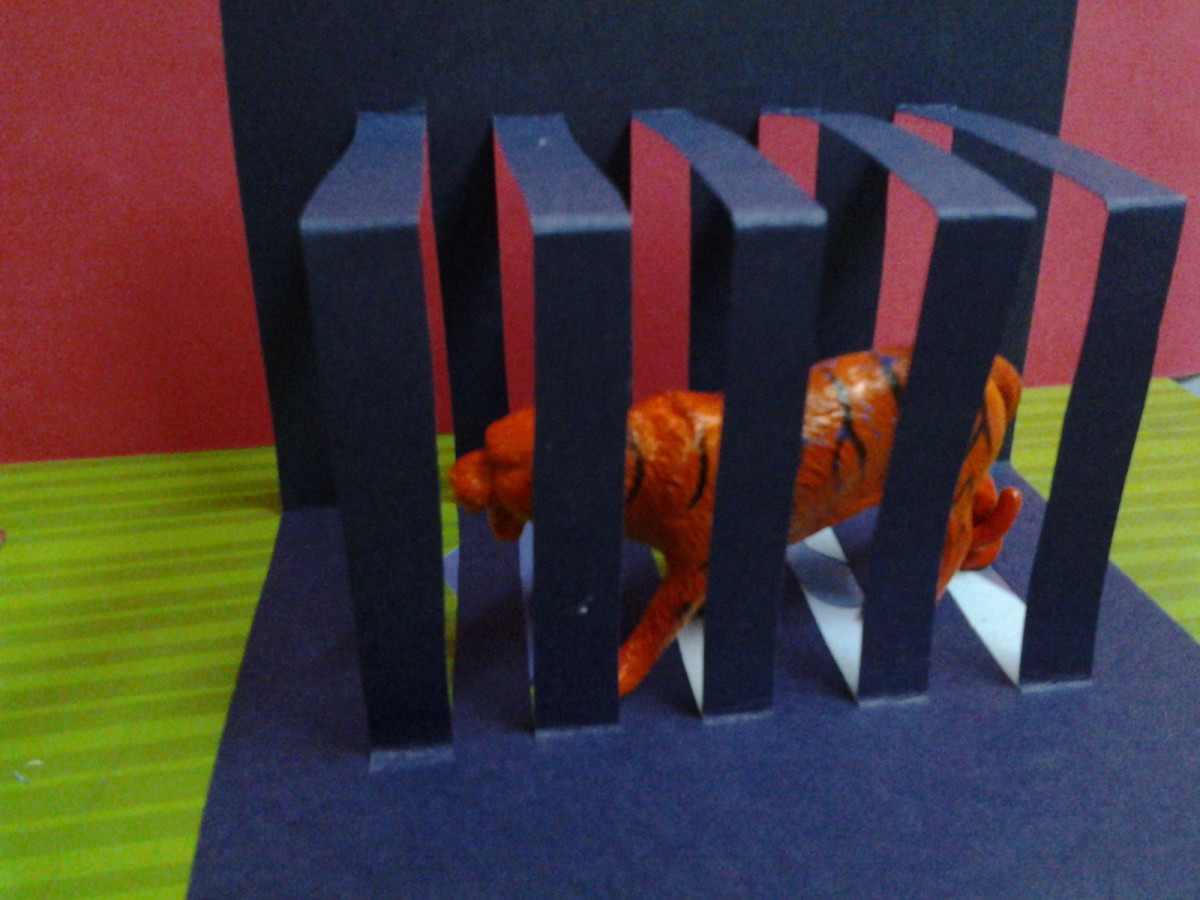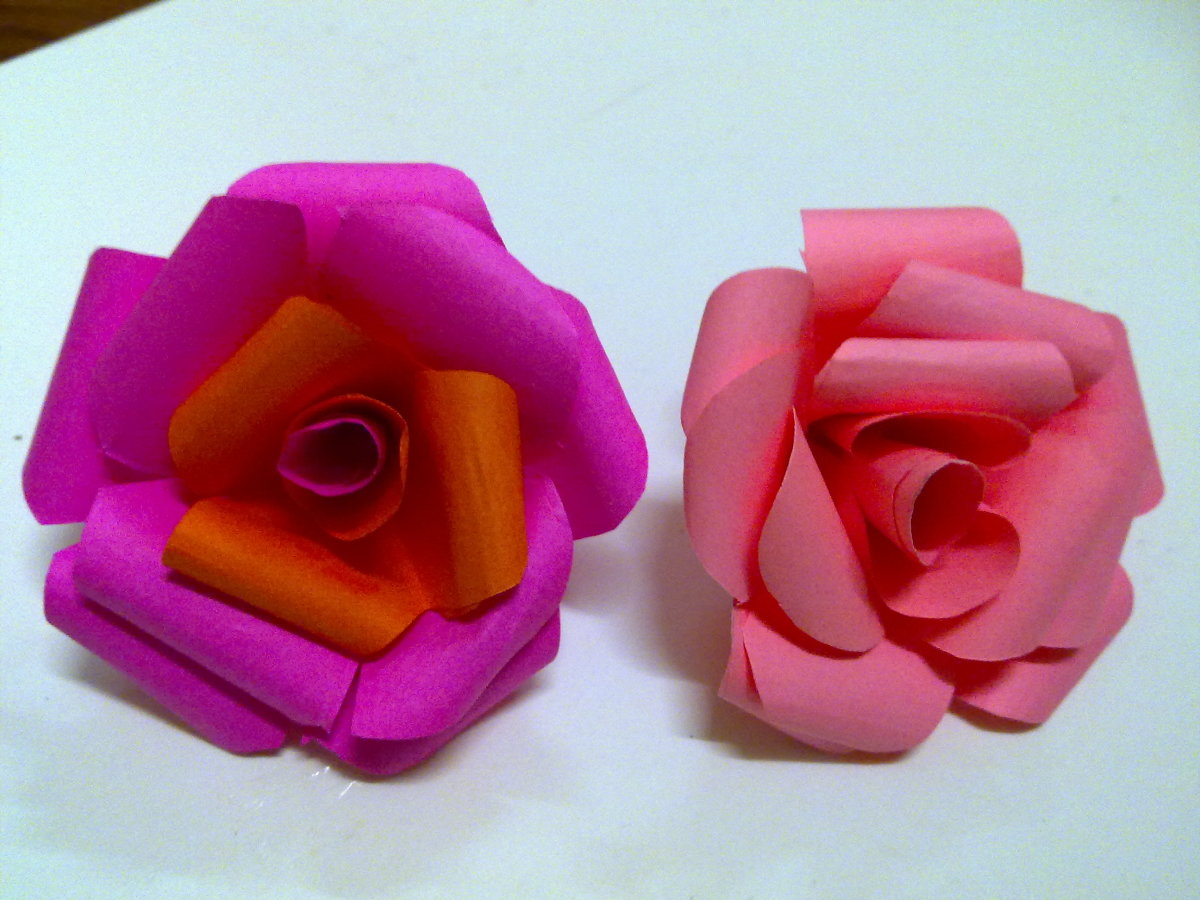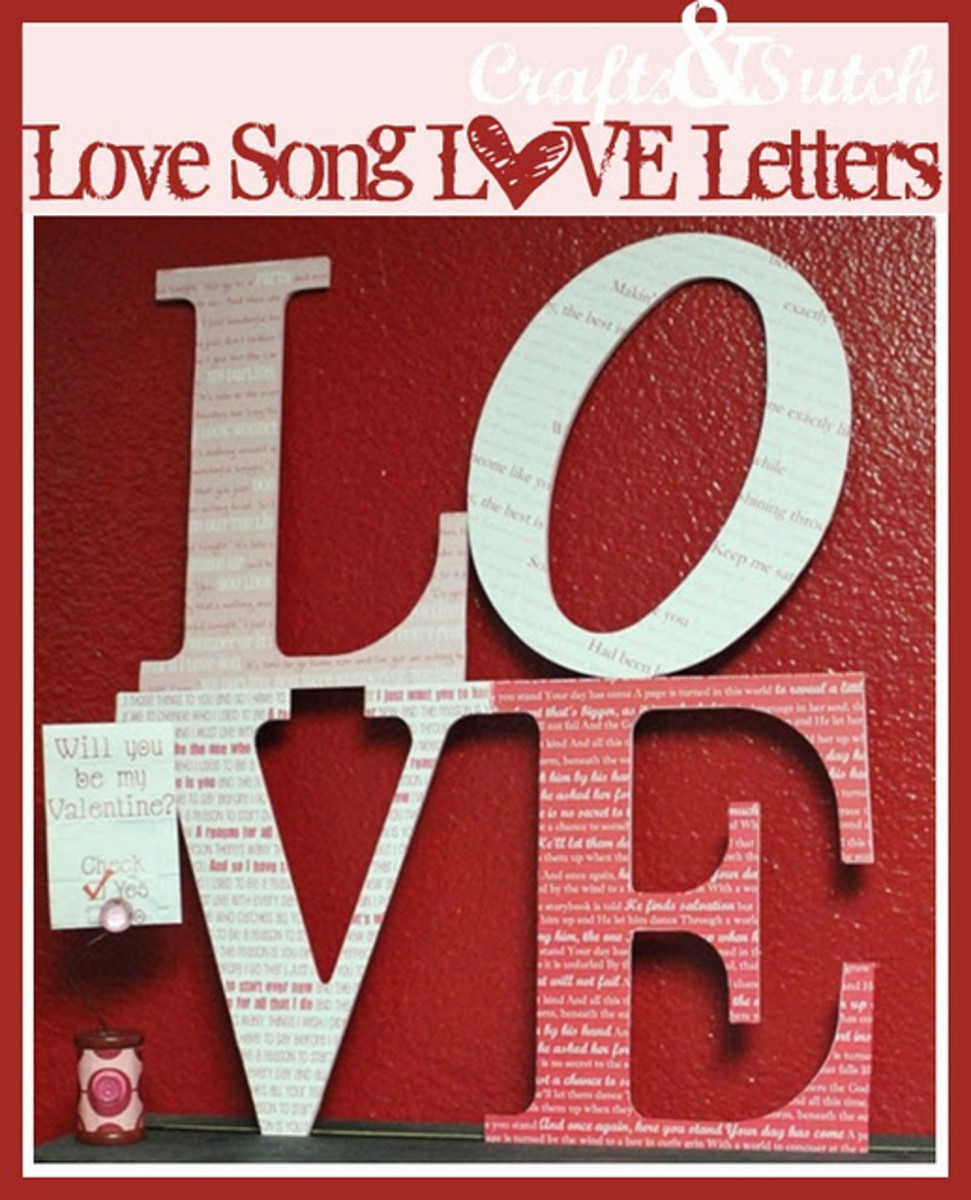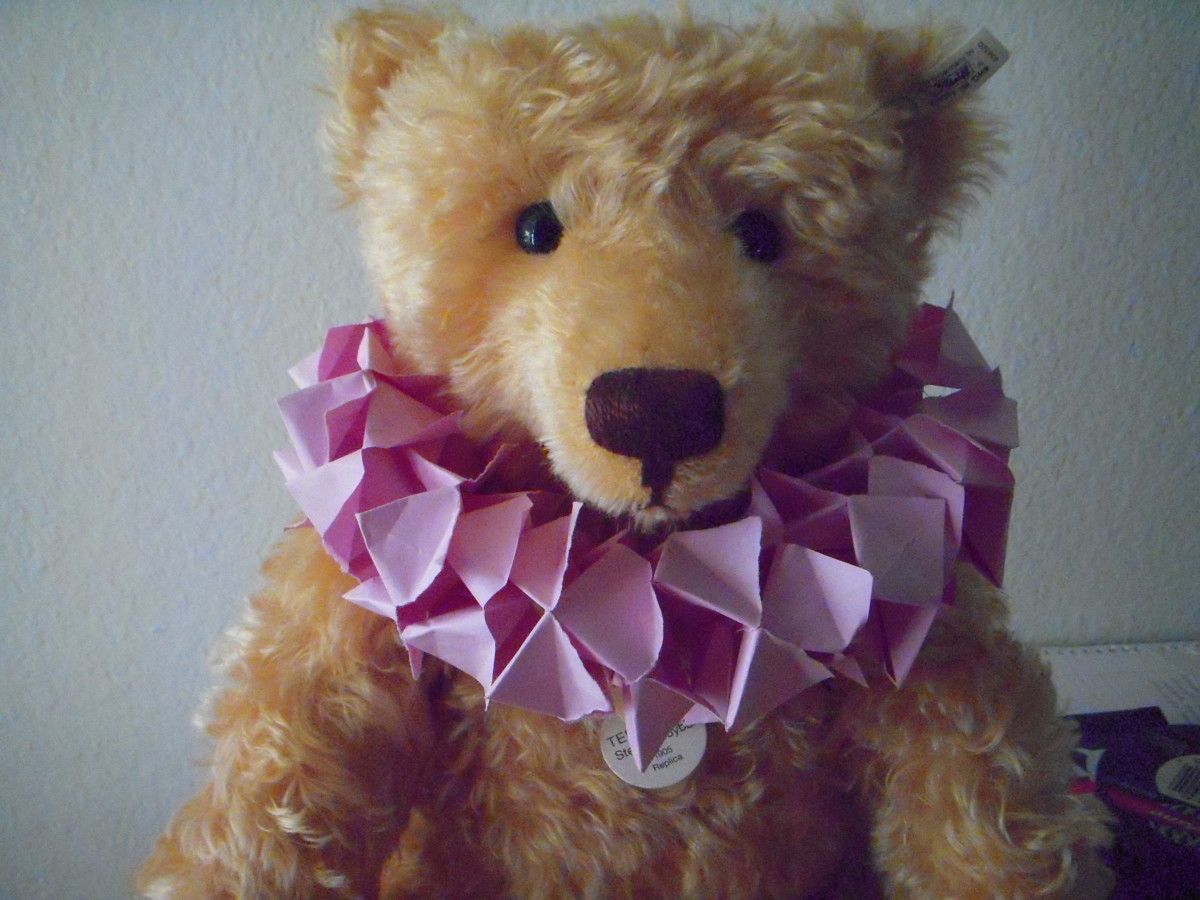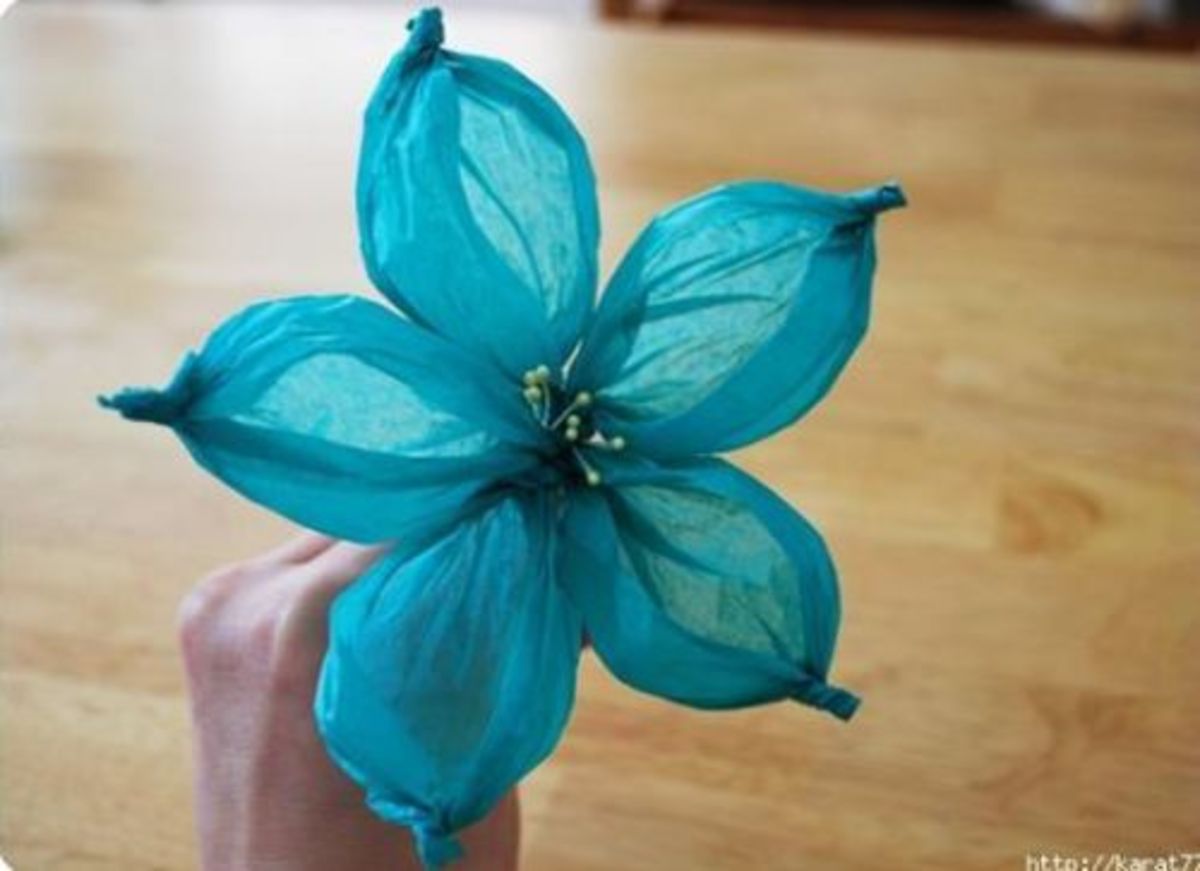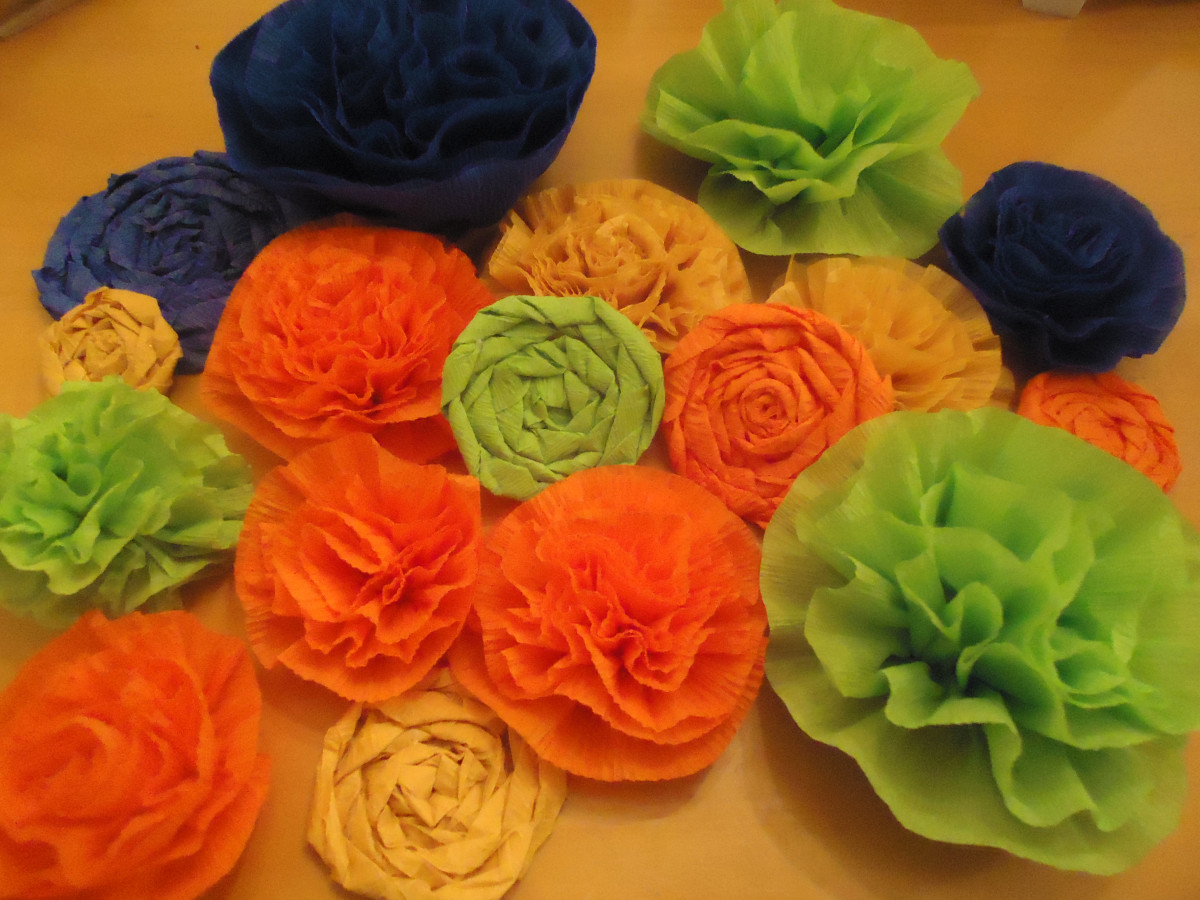How to Make a Paper Rose (Without Origami)
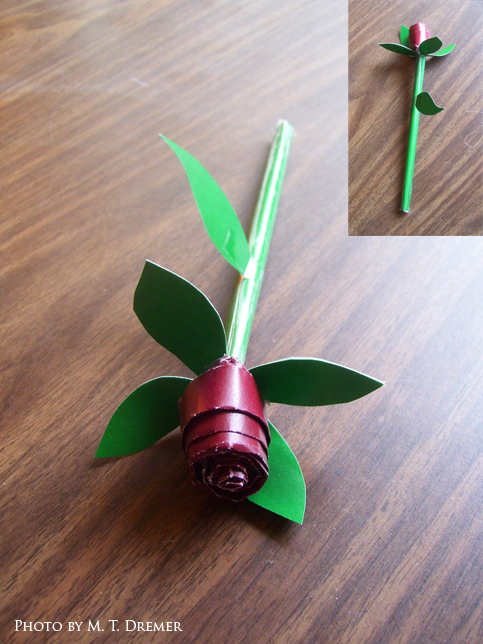
I originally wrote this process as part of my ‘Real Life MacGyver’ hub where I detailed a number of weird household solutions to things. But I figured that it deserved more attention, especially with Valentine’s day always around the corner. It’s a creative, and inexpensive, project that will show your significant other that you care. Also, I don’t have anything against an origami rose, but when I tired to make my own, it was a laughable failure, so I came up with this alternative.
Supplies You’ll Need:
- Green and red construction paper. (If you don’t have this, but you do have access to a printer, you can print out a solid green and solid red sheet. I did this for mine, using MS Paint to print the colors.)
- An empty ink pen. (This could also be substituted with a wooden dowel or straw.)
- A Paper Clip and a pin of some kind.
- Clear plastic tape (preferably packaging tape) and scissors.
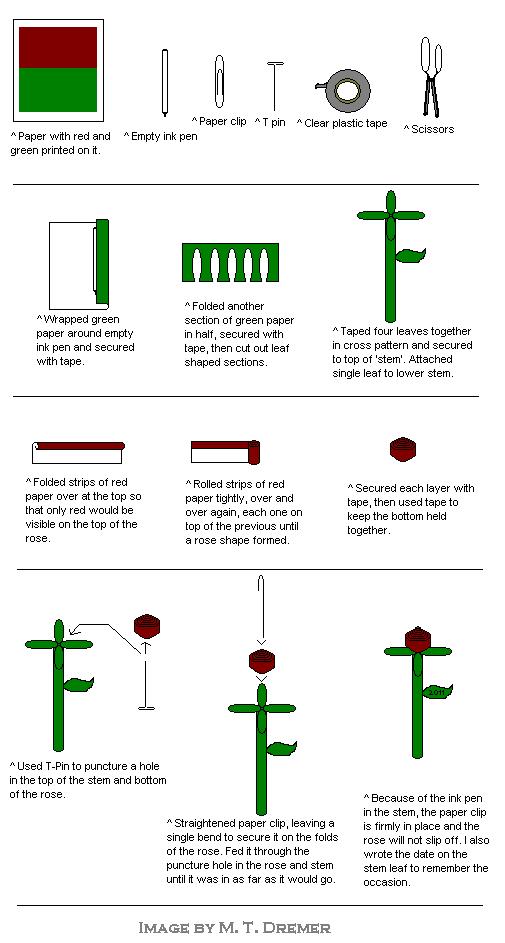
Step 1: The Stem
Creating the main part of the stem is the easiest part of the process. Basically, take a fairly large square of your green paper and wrap it around your empty ink pen. Make sure it is several layers deep and that it is tightly wound, then secure it with tape. It should be secured the full length of the pen and leave a descent amount of tape overhanging each end (this will come into use later).
The second part of the stem is the leaves. Use another piece of your green paper and begin cutting out four, equal sized leaves. If you’re using printed paper, like I was, you may have to fold the paper over and tape it together so that green is on both sides. Also make sure that the base of each leaf is fairly small because that will be the part where they all meet at the top of the stem. Once they’re ready, cut out four small strips of tape and secure them together (top and bottom) at the center in a cross pattern. Now you should have a sturdy, X-shaped leaf topper. Now, cut small slits in the tape that you left overhanging the stem. Think of it like the guns that exploded in old cartoons; it should go from being a small tube of overhang tape, to four smaller strips that peel back. Use these to secure your leaf topper to the stem. (We will be reinforcing everything later).
Before you’re finished with the stem, make sure to cut out a final leaf that will be taped to the side of the stem. This one gives it more of a rose feel and is a great place to write any sort of small love note or the date that you gave it to your significant other. Also, you may secure the bottom of the stem by similarly cutting the overhanging tape and stuffing a small ball of the green paper into the bottom.
Step 2: The Rose
When I made this, I deliberately avoided the rose as long as possible, because of how badly the origami one went. So I tried to think of a way to make the general shape without a lot of complicated folding. The solution, I discovered, was cutting strips of the red paper and tightly rolling them together. If you’re using construction paper, it helps to fold the strips down the center so that it bulks up quickly. And, unless you have a crazy long strip of paper to use, you’re going to need to add to it as you go, in order to get the right size. Once you roll one, see how it looks on the top of the stem. If it isn’t big enough, secure a second strip to it and continue rolling. When it finally looks large enough, secure the end and the bottom with tape, to ensure it doesn’t fall apart.
Step 3: Assembling
Now you will want to take your pin and pierce a hole in the top of your stem. Go right through all the layers of tape and your cross section leaf topper. Don’t worry about piercing the pen inside (that’s why we used an empty one). Then use the same pin to puncture a hole in the rose. You want to get as close to the center of the rose as possible, but if it is too tightly wrapped, then any place close by will work. Just find a place where the pin will fit through the folds and puncture through the tape at the bottom. Now, take your paper clip and straighten it out except for one final bend. Insert it through the rose first, making sure that the fold of the clip grips one of the roses layers (so that the paper clip won’t sink any lower). Once it’s secure (and relatively invisible), insert the bottom of the clip into the second hole on the stem. Push down with a bit of force until the paper clip pushes in between the pen and the paper. Your paper should be wrapped thickly enough that it won’t rip, and you will feel when the clip slides into place. Push the rose all the way down onto the leaves and test it a few times (by turning it upside down) to make sure it is secure. It should be strong enough to hold together, but if you’re worried about it falling out, you can dip the paper clip into glue before inserting it into the stem.
You’re Finished!
Now that you’re finished you can write the date on your stem leaf and put your heartfelt masterpiece into a glass as your serve your significant other breakfast on Valentine’s Day (or any other special occasion).


